Smart Key: How to combine performance fabrics and eco-responsibility in sports? The - Première Vision Paris - Denim Première Vision - Première Vision New York
Unlock the secrets of eco-responsible materials with our Smart Keys. Focusing on questions around eco-design, the Smart Keys analyse the solutions available to assist you in a sourcing process that is ever more enlightened. Today, let’s discover the secrets of sports technical fabrics. Although physical activity is intrinsic to ensuring a healthy body, are the materials used to make sportswear as respectful of living things? Enjoying outdoor activities goes hand in hand with of a love of nature, but do the materials worn also respect ecosystems? Let us take a look at the impacts of these high-performance fabrics.
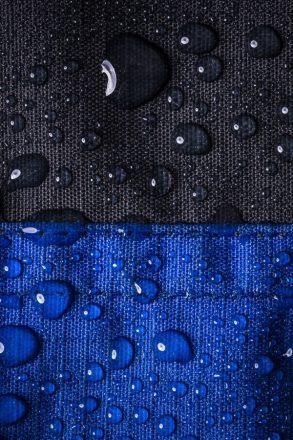
An industry addicted to petrochemicals
Comfort and technicity are the pillars of technical fabrics, precious allies for athletes seeking to break records. Synthetics make it possible to model materials able to resist all conditions, thanks to engineering.
Hollow polyester fibres provide insulation from heat and cold, polyamide is lightweight, aramid is rub- and fire-resistant, polyurethane is water-repellent…While the world is tending to move away from fossil fuels, sports is intimately dependent on it to obtain specific functions.
Elastane is the key to the excellence of many technical fabrics, in order to improve quality of movement and performance. This elastomer fibre quickly won over athletes and designers from all market segments.
Its emergence at the end of the 1950s signalled the liberation of the body, by moulding it and improving its aerodynamics, compressing certain muscles to improve their output and accompanying deep stretches.
The downside of this star fibre is that its elasticity proves very problematic during mechanical recycling, in fabrics where it represents more than 5% of the composition. Capable of 700% stretch, elastane impedes the shredding and fibre-stripping process and can therefore hinder the introduction of circular systems in the industry.
Read also: Smart Key: Elasticity: What’s the environmental impact of the elastane in our clothing?
Monitoring Microparticles
When talking about the widespread use of synthetic materials, it goes without saying that microparticles have to be taken into account.
While washing and maintaining garments is often identified as the source of these textile fragments, in fact these micro-elements are present at all stages of the item’s life from its production. They concern all types of fibres and pollute both water and air.

The Microfiber Consortium is working to identify and understand the impact of the various fibres, types of threads, structures of fabrics and stages in the process, to enhance our understanding of the sector and develop robust testing methodologies.
Persistent chemical substances
Antiperspirant, antibacterial, fireproof, waterproof – finishes applied to textiles to give them specific qualities need careful examination.
2021 marked the tenth anniversary of the Detox Fashion campaign which seeks to eliminate from value chains a black list of 11 families of particularly risky substances, notably including the compounds used on sportswear.

While progress has been made, it is important to remain vigilant as new substances are constantly being developed and in certain parts of the world are considered to be harmless until proof of the contrary. The regulatory arsenal, such as REACH in Europe can assist with monitoring, but the regulatory process is complex and slow compared to the industry which develops its products at a frantic pace.
Particularly under fire are the perfluorinated compounds, PFC and PTFE. They allow water to run off clothing, thus providing protection from rain and snow. Known as “Forever chemicals” they have a tendency to accumulate in the environment and the human body.
Their molecular structure means they cannot break down after use or when released into the environment. Easily transportable through ecosystems and very widespread, some PFCs are considered persistent compounds and are known to accumulate in the bodies of living beings and provoke toxic effects.
Read also: Smart Key: Fashion and chemistry… a dangerous liaison?
Very extreme constructions
Certain fabrics contain many layers, notably including membranes. Combining technical features makes it possible to associate water-repellent and breathable properties, allowing humidity to escape.
These very clever constructions can create new materials. So, a garment can be designed with a number of different technical materials, including multilayer fabrics, to accumulate specific qualities. These blends make end of life treatment very complex particularly with regard to recycling, giving the many elements to be taken into account.
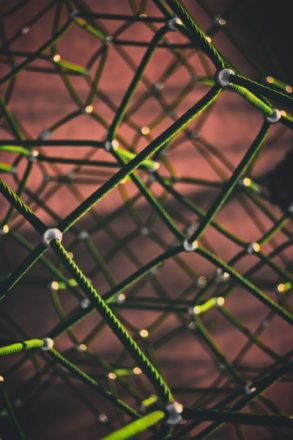
How can we embrace the eco-responsible universe with sports technical fabrics that combine technical prowess and minimum impacts?
Smart key #1: Continuous supervision of chemistry
First of all, all product development must respect very strict specifications with regards to chemical products, taking into account the MRSL, Manufactured Restricted Substance List. These accompany the identification and control of substances. The guidelines set out by ZDHC, Zero Discharge of Hazardous Chemicals, BlueSign, or which offer a list of certified inputs such as Oeko-tex passport are reliable sources.
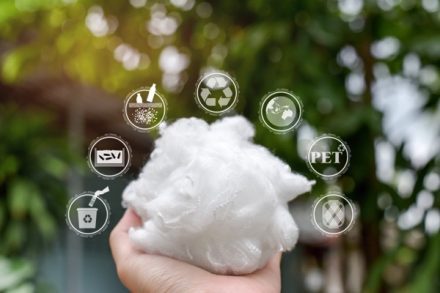
Wastewater processing is also a key parameter to avoid generating negative impacts. In order to ensure that close-fitting garments do not present a risk, their harmlessness can be tested using Oeko-tex standard 100.
Smart key #2: Take advantage of their strength
Often criticised because they can take hundreds of years to biodegrade in nature, all the while releasing chemical substances and microparticles, synthetics are therefore persistent.
The adage of virtuous consumption is “less and better,” so the emphasis must be placed on sustainability, using fewer products for longer. To this end, there is the possibility of offering new services to accompany changes in use. Consolidating second-hand networks in stores, rental and repair services, and supporting consumers to ensure the best maintenance possible of their products, will help to ensure the longevity of garments created using synthetics.
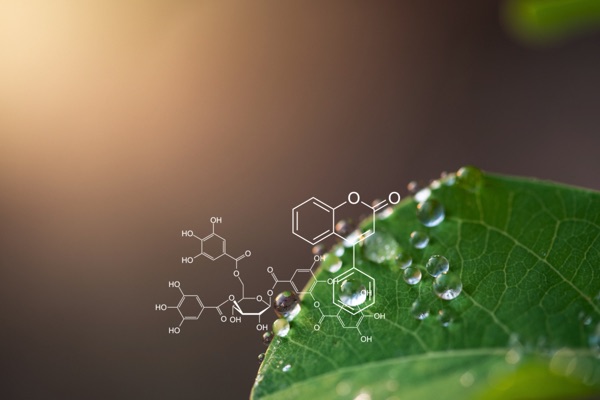
Smart key #3: Establishing new pillars of green chemistry and renewable resources
This sector has suffered for its dependency on fossil fuel, but textile research has made great progress, notably thanks to investment in the development of alternative high-tech fabrics. That has resulted in the production of knits and woven fabrics made from bio-sourced components, such as corn starch, glucose or other residues of the agri-food industry. Thanks to extraction and polymerisation processes, these naturally renewable resources have been able to partially replace petrochemicals.
The use of these raw materials is one of 12 pillars of green chemistry, the objectives of which are to develop products that minimise waste, optimise biodegradability and avoid the use of toxic or risky substances throughout the entire value chain, in order to guarantee products are made from responsible syntheses.
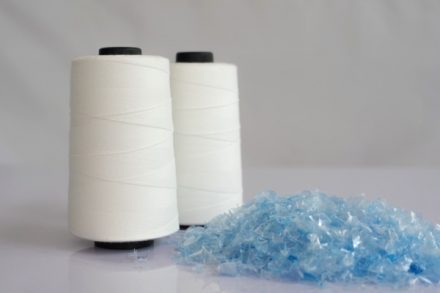
Smart key #4: Consolidating the recycling sector
Great demand is made on sports fabrics during use and they cannot last for ever.
The challenge here is to develop products that tend towards being single-material in order to facilitate their recycling, as well as strengthening the garment collection networks and units able to develop a closed-circuit system.
While progress has been clearly made in the use of recycled synthetics, this remains dependent on external resources such as PET bottles or fishing nets. Between 2000 and 2020, the production of polyester doubled, there are substantial resources available and the challenge now is to instigate recycling within the clothing sector itself, to increase the currently 1% of recycled textiles made from textiles.
In this sector, chemical recycling can offer real progress, with the advantage of recreating textiles with a native quality, by reverting to the parent structure, through depolymerisation processes.
While until recently they were only made from fossil fuel resources, these high-performance fabrics that once were non-renewable and non-recyclable now have plenty of scope for combining technical prowess and eco-responsibility.
Sources :
- Imprégnation de la population française par les composés perfluorés, Programme national de biosurveillance, Santé publique France, Septembre 2019
- PFA – European Chemical Agency
- Synthetics Anonymous, Changing market Foundation, Juin 2021
- Etude des perturbateurs et facilitateurs au recyclage des textiles et linges de maison – EcoTLC- Juillet 2014
Learn more about sustainability with our Smart Keys series:
- The hidden face of cotton
- Cellulosic materials
- The mysteries of chemistry
- Biodegradability
- Traceability
- Alternative plant-based materials
- Polyester recycling
- Ecological and ethical metal accessories
- Eco-packaging
